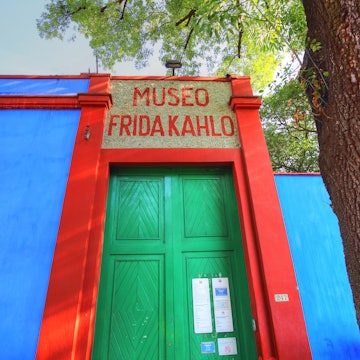
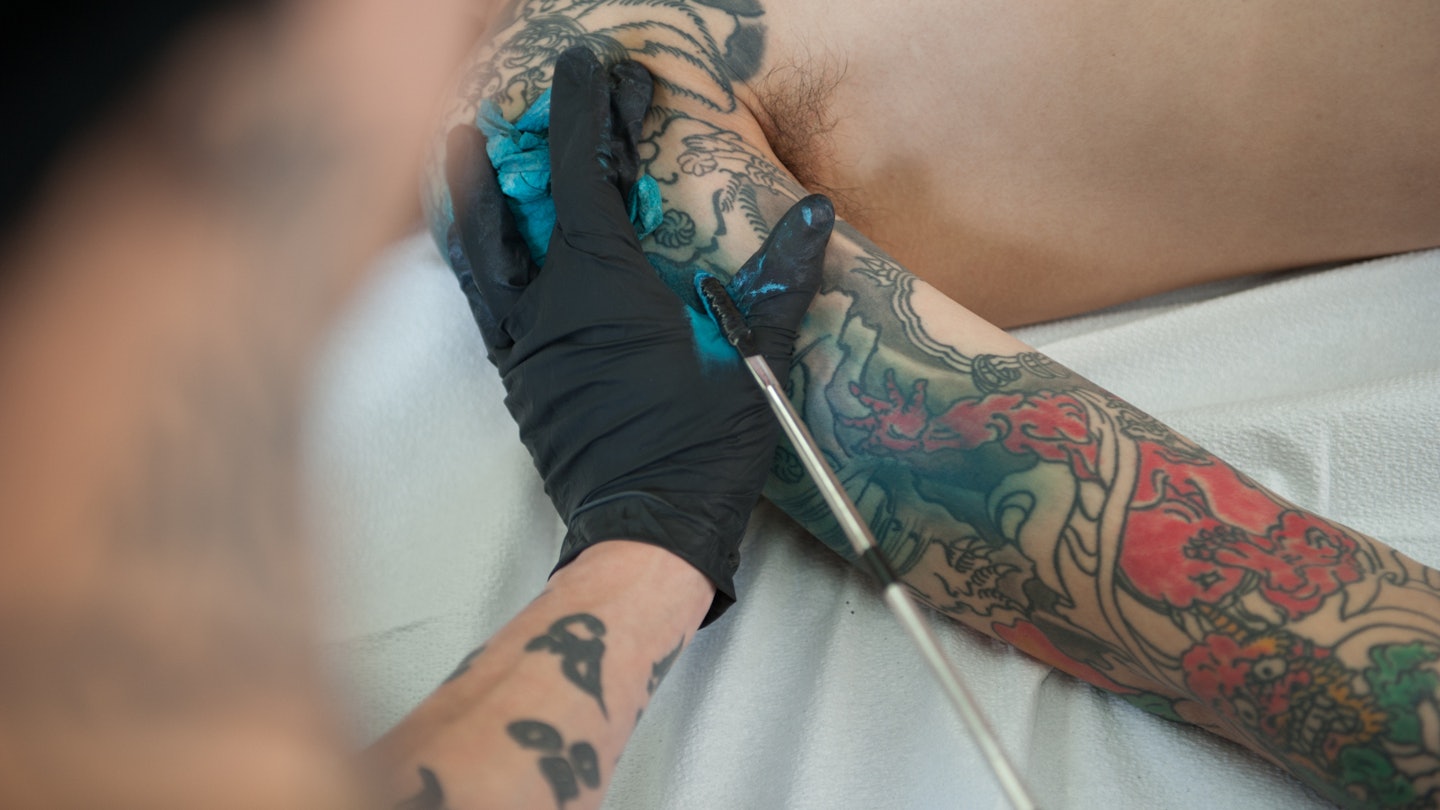
Japanese artist Takashi Matsuba has brought tebori to New York City © Allen Chan
Tattoos have never been more popular, with more and more people all over the world accepting and even embracing body art as a form of self-expression and personal identity. For many societies this has always been the case however, with tattooing having left its mark on the history and culture of diverse and different civilisations throughout the ages.
Many of these styles and practices still remain, and may even be open to travellers with cultural respect and understanding to explore. Here are of six unique tattoo styles from around the world.
1. Irezumi
Irezumi are Japanese tattoos, the roots of which can be traced back centuries. Scholars have argued for their evidence as far back as the Jōmon period (14,500 - 300 BCE), with the practice growing in popularity during the Edo Period (1603 – 1867). The art form eventually took on a negative reputation however, due to the practice of criminals being marked as a form of punishment.
Even today, the country’s relationship with tattooing is fraught. While younger generations are embracing tattoos, Japan still struggles to shake the art form's association with criminality, and many onsen will not allow you to enter with uncovered tattoos (although a new website has recently launched to help travellers find tattoo-friendly baths).

Tebori (meaning hand carved) sees artists using needles attached to a long wooden handle with silk thread. While this practice is now less common, artists such as Takashi Matsuba are leading the way for the future by preserving the tradition. The method creates a rich but subtle shading, and the inks used are special creations.
The style takes inspiration from Japanese Ukiyo-e (woodblock prints and paintings), with the idiosyncratic munewari style seeing an artist creating a full-body suit that leaves areas of bare skin around the collar bone and down the middle of the stomach free from ink. It is thought that this evolved from the desire to wear kimonos without showing tattoos.
Japanese themes and motifs have also proven to be incredibly popular sources of inspiration for styles that diverge from the traditional, with imagery such as samurai, carp, oni, dragons and cherry blossoms showing up in body art all over the world.

2. American traditional
Characterised by its bold outlines, clean shapes and use of bright, limited colours, American traditional tattoos are instantly recognisable. Popular motifs include “pin-ups”, hearts, daggers, ships, swallows, anchors and mermaids, with the nautical themes evolving based on the people that first began getting them in larger numbers – sailors and soldiers.
Artists drew inspiration from Asia to create a new hybrid style, a prime example being Norman “Sailor Jerry” Collins, probably the name most synonymous with American traditional tattooing.
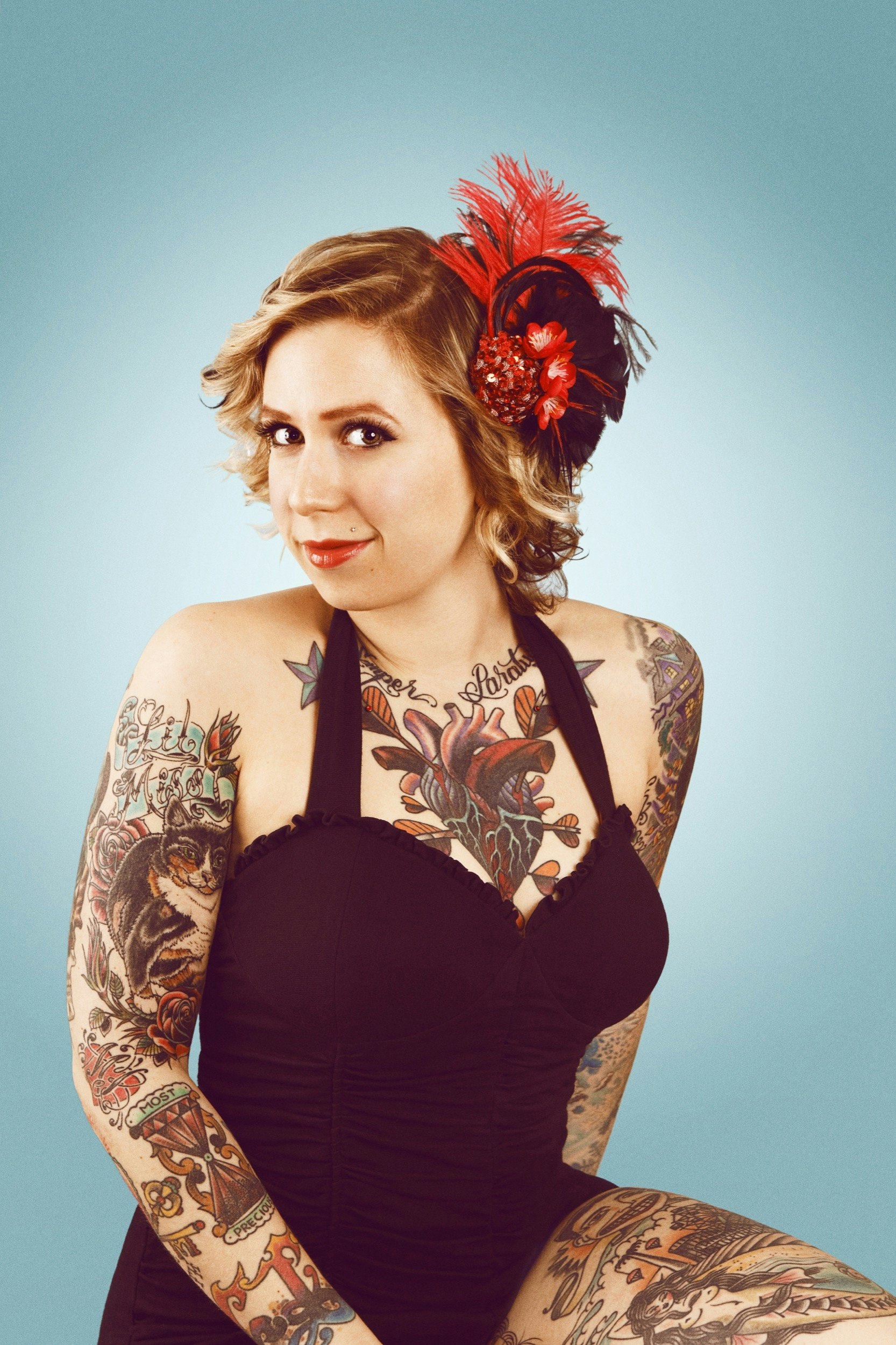
In 1928, Collins enlisted in the US Navy and then travelled to China and Japan before setting up his own shop in Honolulu, where he invited future tattoo legends Ed Hardy, Mike Malone and Kazuo Oguri to apprentice with him. Tattoos began to spread in popularity, due in large part to soldiers getting inked when stationed far away from home.
By the 1950s and 60s, Americans getting heavily tattooed included members of counterculture groups such as motorcycle gangs, while the 70s and 80s saw the punk scene embracing body art. Today, the simple and clean style of American traditional has led to different evolutions, including neo-traditional, portraiture and new school.
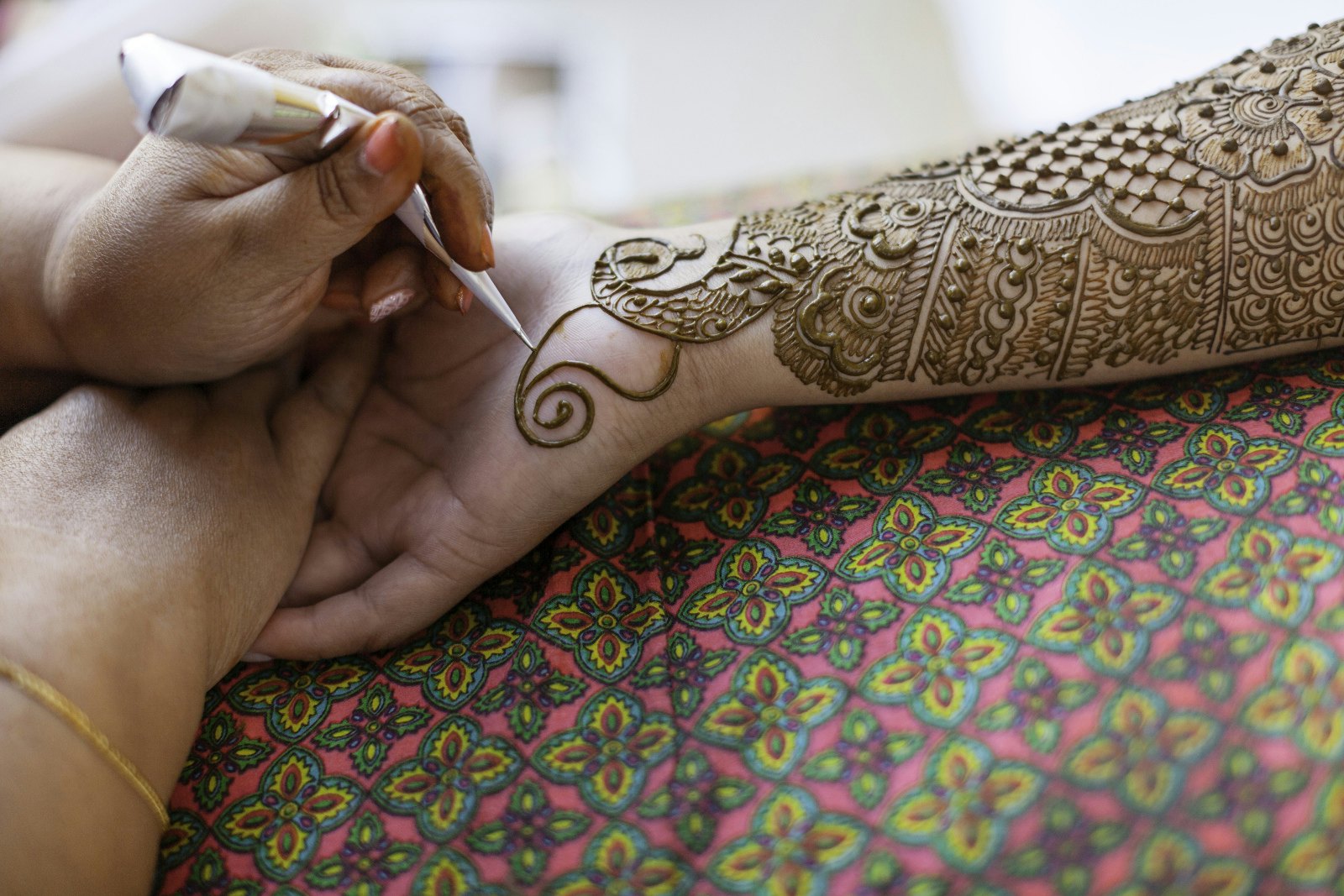
3. Mehndi
Since antiquity, people have been using henna to dye fabrics, skin and hair. Mehndi is a form of body art that uses a paste made from the dried leaves of the plant to create intricate, detailed patterns, typically on the hands, arms and feet.
The mixture is applied wet and allowed to dry before the outer coating is removed. Countries in India, Africa and the Middle east all have a tradition of mehndi, with motifs including floral patterns and geometric shapes, although there are many variations in designs.
In India, mehndi are typically applied during special Hindu weddings and festivals like Bhai Dooj and Diwali, while Muslims in the Indian subcontinent also use the body art during celebrations such as Eid-ul-Fitr.
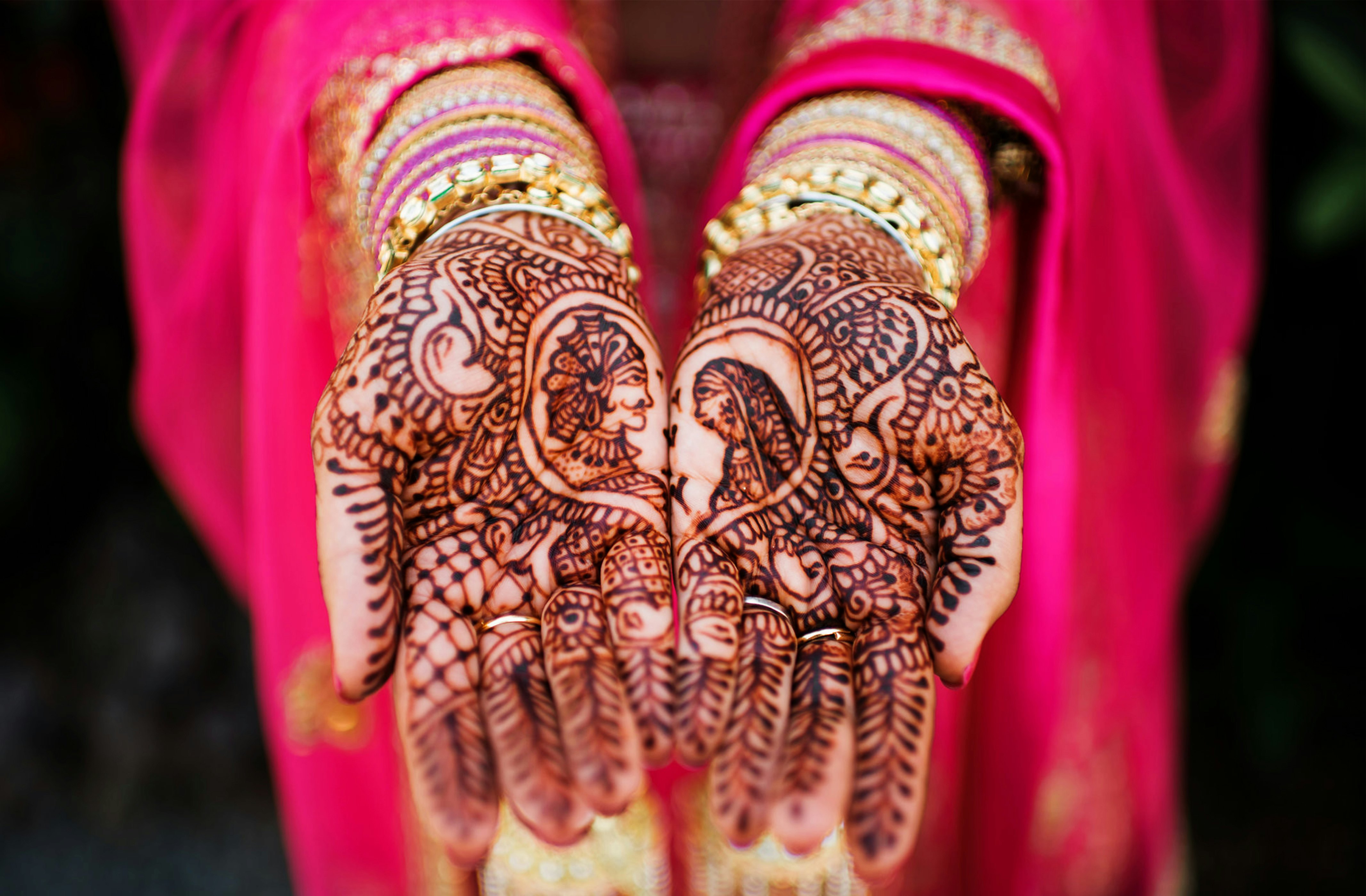
A temporary option for those wishing to adorn their bodies, mehndi kits are sold in craft stores and hobby shops around the world as well as online. If you’ve travelled through any medium to large city in Asia, the Middle East or even Europe, chances are you’ve seen people getting henna tattoos on the street.
They can act as a nice souvenir of a trip abroad, and typically last about two weeks. Caution should always be taken however. Henna is most often safe when made with natural ingredients, something that is hard to verify on the street corner. If you just have to get inked, look for someone offering brown henna instead of black or red – as these colours are not naturally occurring.

4. Sak Yant
Thailand’s magical hand-tapped tattoos have become highly sought after by backpackers and celebrities alike, many of who travel to the country specifically to get one, but the ancient tradition has deep roots that run throughout the history of Southeast Asia.
The art is also practiced in Laos, Cambodia and Myanmar (Burma), and usually sees a Buddhist monk or Ajarn creating a freehand design that incorporates geometry, symbols, deities and animal figures. The long held belief is that these tattoos bestow magical protection onto the wearer, depending on how the monk creates it, and different designs are made for different types of protection and luck.

The tattoos come with a set of guidelines to live by that help keep the magic working. Some may be easier for most to follow (refraining from violence, for instance) while other, more idiosyncratic ones passed down from Buddhist teachers (do not eat pumpkin or any other gourd-like vegetable or do not duck under a banana tree) may seem curious to travellers.
The practice is done at specific temples, with visitors lining up to receive their tattoos before giving a donation. Monks follow the traditional techniques, but the use of shared equipment and conditions may be a shock to some travellers.
Often they do not have any other languages, which makes the process more complicated. There are however companies such as Sak Yant Chang Mai that specialise in hosting tourist tattoo experiences with Ajarns on a one-to-one basis.

5. Polynesian
There is still debate around the definitive origins of Polynesian culture, and how exactly the process of tattooing began and spread so effectively throughout the triangular chain of islands in Southeast Asia.
However, from traditional Samoan tatau to Hawaiian kākau through to the designs of the Maori tribe in New Zealand, the act of tattooing has been deeply ingrained in these societies for a long time.
In fact, its influence is wide spread, and the 18th-century explorer Captain James Cook is considered to be one of the first people to introduce the word tattoo to Europe after returning to the continent in 1771 after a voyage to New Zealand and Tahiti. In many cases people were bestowed with coming of age tattoos, with body art signifying status and strength.
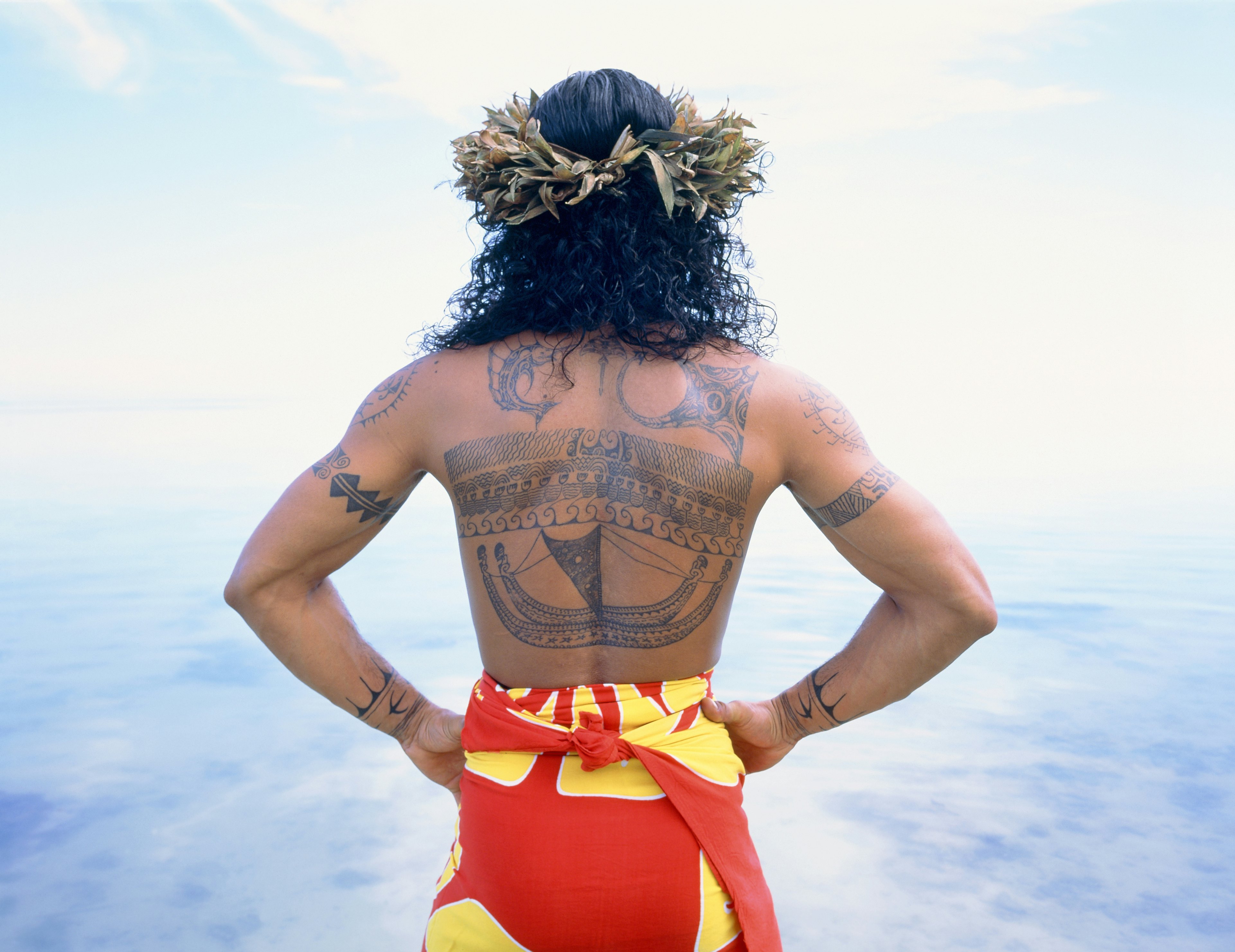
Polynesian tattoo experienced a renaissance in the 1980s, when many dwindling forms were revived. Placement on the body also plays a role in the meaning of the tattoos, with the upper half generally linked with the heavens while the lower part signifies earth. Artists now practice both the traditional, hand-tapped method and modern machine methods.
Motifs include turtles and turtle shells, waves, lizards, spears, tiki figures, spear heads, people and shark’s teeth. Like anything in the world, embracing another culture’s long-held practices should be done with respect. Much of the time, a willingness to understand and appreciate its cultural significance is a good start for non-Polynesian people interested in getting inked.
Modern artists approach their work in different ways, with many doing a freehand approach, creating patterns that tell a story as they go along. Traditionally the designs would tell the story of heritage, status and maturity, while modern designs can and sometimes are focused more on aesthetics.
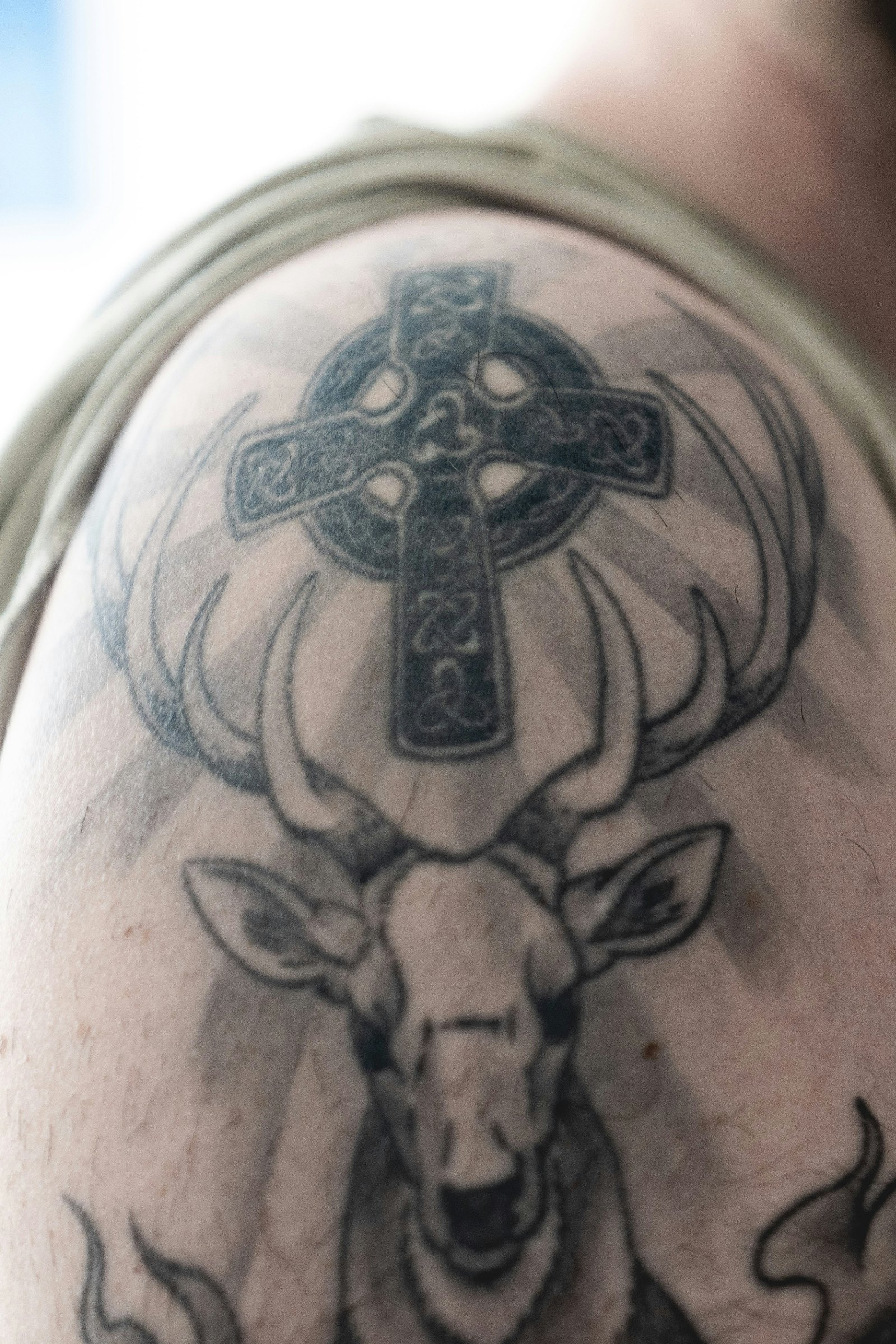
6. Celtic
The Celts were a group of tribes from central Europe who spread east and west over the continent throughout history, with notable strongholds in Britain and Ireland. While no depictions of ancient or medieval Celtic tattooing survives, there are historical references to it in written texts.
The Picts (from the late Latin Picti meaning “painted” or “tattooed”) were a Celtic-language speaking group that settled in parts of northern Scotland who were said to have adorned their bodies with blue illustrations, according to the Romans at least.
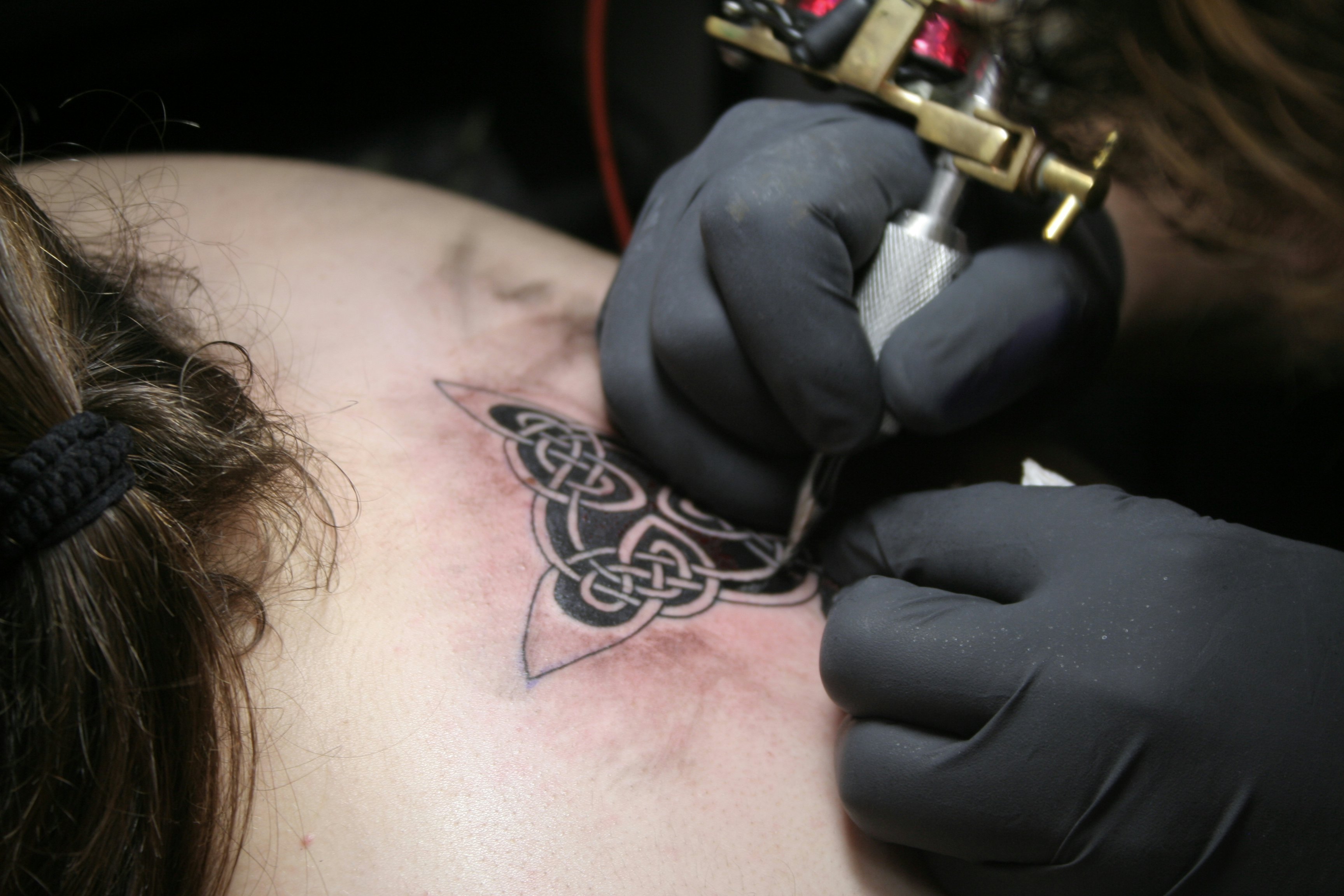
What is often identified as Celtic art itself is actually a mixture of representations from different periods and places. In Ireland, the famous tri-spiral design engraved on one of the stones inside the chamber of Newgrange was actually carved at least 2,500 years before the Celts even reached the country, while Pictish stones included early ogham carvings, which later may have influenced sculptural high crosses.
Christianity and the rise of insular and monastic art gave way to the creation of spirals, knotworks, key patterns and triskeles, most famously visible in the Book of Kells in Dublin. Today, those representations have become popular motifs in what is commonly referred to as Celtic tattooing, especially popular with visitors to Ireland hoping to take home a striking souvenir on their skin.
You might also like:
World's oldest tattoo toolkit found in Tonga contains human bone chisels
There's a new way to find a tattoo artist while you travel
This article was originally published in August 2019 and updated in January 2021.











